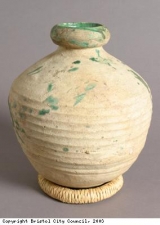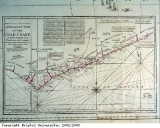Europe
Many port towns and cities around Europe joined in the transatlantic slave trade . The traders in the ports hoped to share in the dazzling profits of which they heard. Some nations were involved on a small scale, for example Denmark and Genoa (now part of Italy). Denmark was interested mainly in supplying its one island in the Caribbean with slaves. Denmark did not supply slaves to other (competing) countries’ islands, as some nations did. Genoa supplied slaves to the Spanish plantations for a few years in the 1660s. But the Italian traders seem to have been involved only in the 16th and 17th centuries.
The slave trade was dominated by three main players. France, Britain and Portugal were the major slave trading nations. Spain was a major user of slave labour in its Caribbean and South American colonies . However, they ‘contracted out’ the buying and transport of enslaved Africans to whichever trading company gave the best deal. Therefore, although huge numbers of slaves were taken to Spanish plantations , most arrived there in Portuguese, Genoese, Dutch, French or British ships.
All of the major slave trading nations built and owned forts on the west coast of Africa. The slaves would be kept in the forts until they could be loaded onto the European ships, which were anchored nearby just off the coast. This map of a part of the West African coast (now Ghana) shows the different European-owned forts that dotted the coastline.




